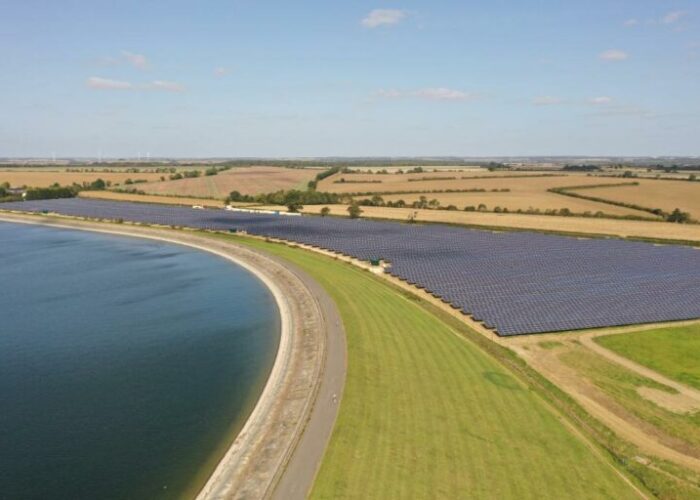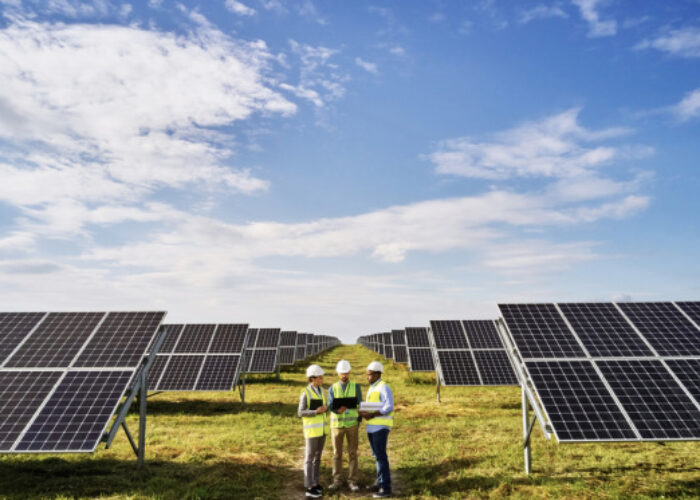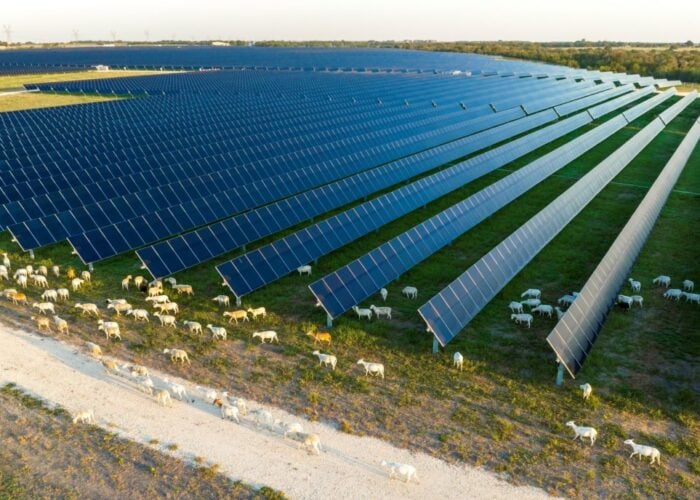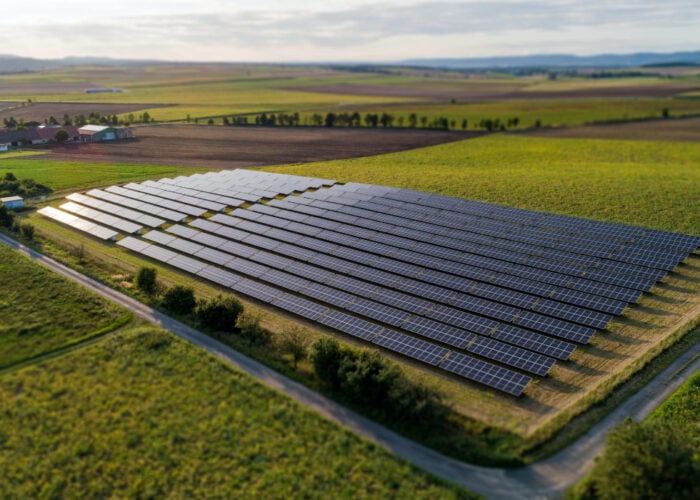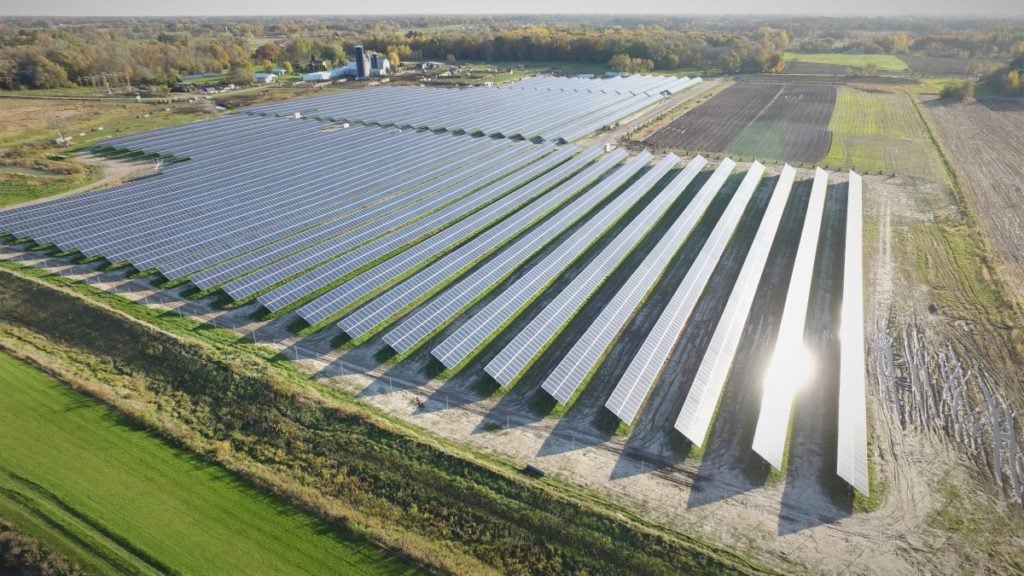
George Heynes explores how the UK’s Nationally Significant Infrastructure Projects regulations support the transition to a green energy economy.
In the UK, renewable power generation technologies grow in both scale and number, with impending decarbonisation targets looming in the coming decades.
Unlock unlimited access for 12 whole months of distinctive global analysis
Photovoltaics International is now included.
- Regular insight and analysis of the industry’s biggest developments
- In-depth interviews with the industry’s leading figures
- Unlimited digital access to the PV Tech Power journal catalogue
- Unlimited digital access to the Photovoltaics International journal catalogue
- Access to more than 1,000 technical papers
- Discounts on Solar Media’s portfolio of events, in-person and virtual
But with planning constraints impacting the rollout of solar and other renewable energy projects across the UK, Nationally Significant Infrastructure Projects (NSIPs) could be required to bolster the generation capacity of the nation.
NSIPs were first introduced via the Planning Act 2008 in a bid to streamline key developments for the UK to achieve targets in the fields of energy, transport, water, waste and wastewater.
As the Russian invasion of Ukraine in February 2022 plunged much of Europe into an energy crisis, the UK government stressed the need to both decarbonise and improve energy security. For this, NSIP projects could become an important tool.
The current process involves several stages. These include pre-application, acceptance, pre-examination, examination, recommendation and decision as well as post-decision. The process is conducted by the Planning Inspectorate, a government agency which became responsible for NSIPs under the Localism Act in 2011.
The process has been regarded as positive since its inception and has reduced the time to achieve development consent to an average of around four years instead of the eight years, for example, it took to consent Heathrow Terminal 5 via a conventional planning inquiry.
Multiple solar projects are currently being explored as part of the NSIP scheme in the UK. But how have NSIPs already supported the renewable and solar sector? And how could the reforms benefit the wider UK energy system and bolster energy security prospects?
How NSIPs are supporting the UK energy transition
The NSIP process, according to Matthew Pixton, head of planning for SSE Solar and Battery, was created to streamline and improve England’s planning regime when it was introduced in 2008.
He says: “The NSIP process set up a ‘one-stop-shop’ for projects to gain consent, which combines planning permission with a range of separate consents from different agencies. Crucially, it also set time limits for various stages, requiring the Planning Inspectorate to determine whether to accept an application within 28 days, examine it for six months and then make a recommendation to the relevant Secretary of State, who is then given a further three months to decide whether to grant it.
“While it may not have gone as far as many in the industry would like, this process has facilitated the accelerated deployment of much-needed solar, helping bolster generation capacity and energy security.”
Indeed, the NSIP process has seen several successes within the energy industry, especially in the solar sector where 10 projects have been explored as part of the NSIP regime.
The first solar project to be accepted under the NSIP process, the 373MW Cleve Hill Solar Park, started construction in late April 2023. Once complete, which is scheduled for the end of 2024, it will be the UK’s largest solar and battery site featuring more than 150MW of battery energy storage.
Jon Chappell, senior policy adviser at the National Infrastructure Commission (NIC), believes NSIPs can further enhance the solar industry by helping deliver massive projects, much like Cleve Hill, at a rapid pace. For this however, the planning system must be flexible.
“With the cost of solar generation continuing to drop and the technology further improving the yields available from new projects, we think it’s important that the future planning system is flexible enough to recognise the changing nature of the market, the technologies, and the potential for delivering at scale,” Chappell says.
“For example, the threshold currently in place for solar projects to qualify as NSIPs is too low, and no longer reflects how the technology is delivering a much higher yield for the same amount of land. Under the local planning system, projects below 50MW can get approved in less than a year.”
Chappell adds: “But with projects under the NSIPs process taking anywhere up to four or five years to get approval, this means only the largest projects – above 200MW – make commercial sense for developers to take forward. The end result is a gap in the market for medium-sized projects, and we think this could create pinch points in the solar market, with negative implications for future capacity.
“Securing grid connections has been challenging, and one of the long-term solutions to this is the rollout of new electricity transmission infrastructure, which is usually delivered through the NSIP system. That’s why the Commission has recommended that delivery of new transmission infrastructure be treated as a high priority by the government.”
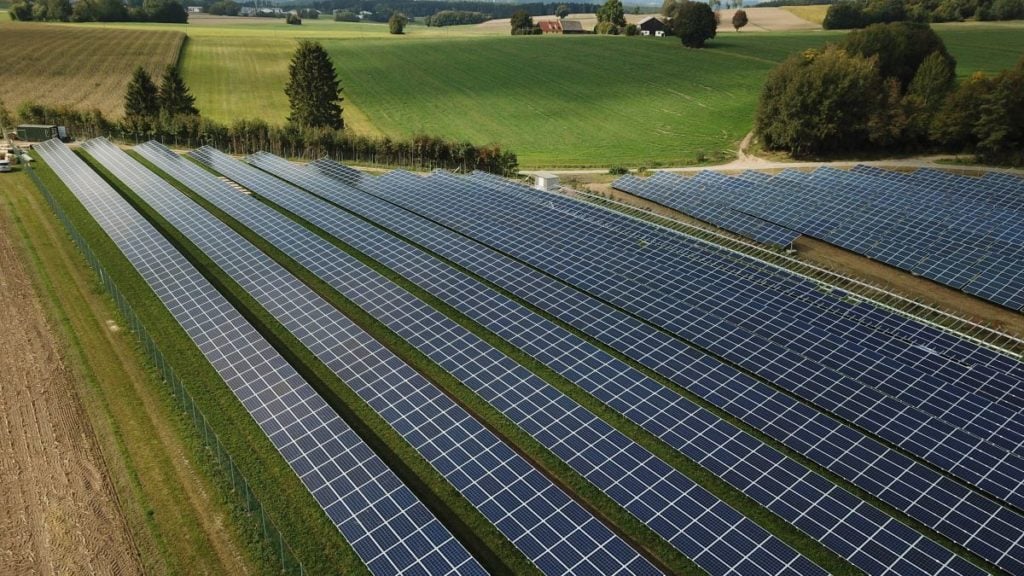
Grid connection delays have caused major issues for the UK energy market with many projects now having to wait until 2030 to connect new large-scale renewable generation projects. Speaking at the Aurora Spring Forum in March 2023 in Oxford, Octopus’ CEO Greg Jackson branded connection delays as ‘unacceptable’ as he confirmed that Octopus had been offered a 2035 date for a solar and storage site in Durham.
NSIPs, as discussed by Chappell, could be one method in removing this obstacle and still allowing large-scale renewable energy to be connected to the grid.
Obstacles when constructing NSIPs
With the UK’s NSIP scheme having first been introduced to support the creation of key, large-scale infrastructure projects up and down the UK, several challenges and obstacles have come to light.
One of the most important challenges to overcome is community perception. Often these large-scale projects are met with resistance from local communities. This occurred for one of the UK’s largest proposed NSIPs – Botley West, an 840MW solar project in Oxfordshire.
Project developer PVDP launched a public consultation in November 2022 with aims to submit a Development Consent Orders (DCO) application to PINS by the end of 2023. The project would be split across three sites in Cherwell, West Oxfordshire and Vale of White Horse.
PVDP has been working with both landowners and landlords to support the project in the local area and support its renewable journey. This includes Blenheim Estate, with whom PVDP is working to ensure that the project plans are aligned with the landowners’ long-term strategies.
“These consultations reveal not only a public ignorance, but also an absolute vacuum in public policy,” says Mark Owen-Lloyd, project lead for the Botley West solar project, in response to the public consultations on the Botley West project.
“[The Botley West project] is a hard sell to immediate neighbours such as people who are located three fields away from the project – they don’t want the countryside to change, which you can understand, with West Oxfordshire already saturated with housing applications.”
Public consultations grant several opportunities for project developers to engage with the local communities and answer any concerns that may be presented. To this end, public consultations can provide educational opportunities to inform the general public. This could be invaluable to projects currently in development, and Botley West is no different.
“There’s a lot of education you can do via consultations, and this is really important because a lot of people who come to them are open to being persuaded. We’ve had a very high attendance so far and interestingly, the parish councils have been very supportive,” Owen-Lloyd says.
“It’s good to get out there and talk to people about it and I think we got a lot of support. The feedback coming on our channels has been about 50/50 of support and condemnation, so we’re hitting the spot with some.”
As stated by Owen-Lloyd, the public consultations have been an opportunity to guide not only their initial proposal for Botley West, but also to educate the general public on the project and alleviate some of the concerns surrounding it.
SSE’s Pixton also believes there are benefits in aligning the project to support local communities – helping to improve the general consensus for large-scale NSIP projects. Pivotal in achieving this is public engagement.
“Delivering a major infrastructure project is no mean feat, wherever your project is located. However, securing community buy-in is crucial, regardless of location. Best practice developers have found equity, a cornerstone of our engagement strategy, to be a key driver of this,” says Pixton.
“We’re confident that as a country, there is widespread support for the green economy, and solar and battery technologies already play a vital role in this. However, some cynical developers have done a poor job at communicating the need for their project, its benefits, and what it will entail for nearby communities – which will inevitably lead to opposition. As they will affect more people, due to their size, this often equates to more backlash.
“By seeking opportunities to maximise the benefits of our projects for the communities we operate in and thoroughly engaging with local people on this, we are aiming to deliver a new generation of best practice schemes, efficiently and fairly.”
Community support is also referenced by Chappell as a key issue to address for NSIPs. However, instead of community engagement, Chappell believes that “improving the way those trade-offs are managed and communicated in any planning application will help increase trust in the process”.
Chappell says: “Trade-offs between national and local needs are always going to be feature of major infrastructure projects, but improving the way those trade-offs are managed and communicated in any planning application will help increase trust in the process.”
“That’s why we’ve recommended government develops as soon as possible a framework setting out how different tangible benefits – such as proximity-based payments for households, or funding for local projects – are applied, to make it clear to communities as early as possible what they, as well as the country as a whole, will gain.”
Alongside this, another crucial aspect has entered the NSIP debate – the average speed of consent. If the UK is to meet its 2035 decarbonised power system target, there is a fundamental need to speed up the development process of NSIP projects, particularly for renewable generation.
“In the last decade, the average speed of consenting has shifted from 2.5 years to over 4 years, and much of that can be attributed to the delays caused by local objections and the frequency of judicial reviews. That delay creates significant costs, adds to frustrations on all sides, and delays delivery of the infrastructure we need,” Chappell says.
But with the average speed of consenting rapidly reducing, and set to be resolved as part of NSIP reforms by the UK government, what else could be included to bolster the support from NSIPs?
Reforming the NSIP process
Earlier this year, the government stated that the current NSIP system does not move with the focus and speed that is required – something that is becoming increasingly concerning with regards to the UK’s decarbonisation targets.
The government disclosed several reasons why there is a need to reform the NSIP process, one of which includes an increase in the average length of time it takes for a case to reach decision. The time it took to reach a DCO increased by 65% between 2012 and 2021 from 2.6 to 4.2 years.
Along with this, more projects are requiring multiple extensions of time at the decision date. This is a key issue in the process for offshore wind projects, with the government citing the technology as having some of the largest quantities of deadline extensions in the statutory stages.
To solve the issues around the NSIP process, the UK government has committed to reforming key areas. This includes setting a clear strategic direction, bringing forward operational reforms to support faster consenting, realising better outcomes for the environment, recognising the role of local authorities and strengthening community engagement and improving system-wide capacity and capability.
The government is hoping to pilot some of the aspects of the reforms in September 2023 with hopes to review the proposed reforms from 2025.
On what Pixton would like to see included within the NSIP reformations, he says: “The government should be considering how the process can be further streamlined while also ensuring cynical developers invest in understanding the communities they work in and bring them on the journey to net zero. Incorporating this consideration into any reform would benefit the sector as a whole by reinvigorating developers’ licences to operate – raising the bar in terms of accepted practice while driving equity in surrounding communities.
“Shifting perceptions away from projects being done to them, without meaningful consent, would also reduce the likelihood of them receiving the kinds of opposition that can cause serious project delays. While tied to bad practice, many in the industry see these unfortunate outcomes as symptomatic of a system that fails to provide certainty.”
“At SSE Solar and Battery, we have set a target of energising 1GW of solar and battery capacity by 2027. To deliver on our ambitious goals, we need a regime that is efficient and projects certainty.”
Streamlining the NSIP process could be fundamental to ensuring not only the development of the UK’s renewable generation sector, but also in securing investment to ensure the nation’s energy sector maintains its competitiveness and attractiveness with the US and the EU.
The NIC recently released a report detailing several recommendations to help support the NSIP process and UK renewable sector. One of the key areas it believes should be reformed is the planning system to speed up the process in developing NSIPs.
“Expanding the UK’s use of solar power is an essential component in delivering a low carbon economy through a successful shift to fully renewable, resilient electricity generation. Despite the success of the contracts-for-difference in delivering new solar capacity at lower prices, the planning system can sometimes create uncertainties for large solar projects,” says Chappell.
“It’s essential that we speed up the planning system for NSIPs to ensure delivery of the new renewable generation infrastructure the country requires.”
“The recommendations we’ve made to government in our new report – such as five-yearly updates of National Policy Statements, better sharing of environmental data, and more tangible benefits for communities hosting new projects – should, if accepted, help deliver a planning system that’s faster, more flexible and better able to balance the needs of operators, investors and communities.”


